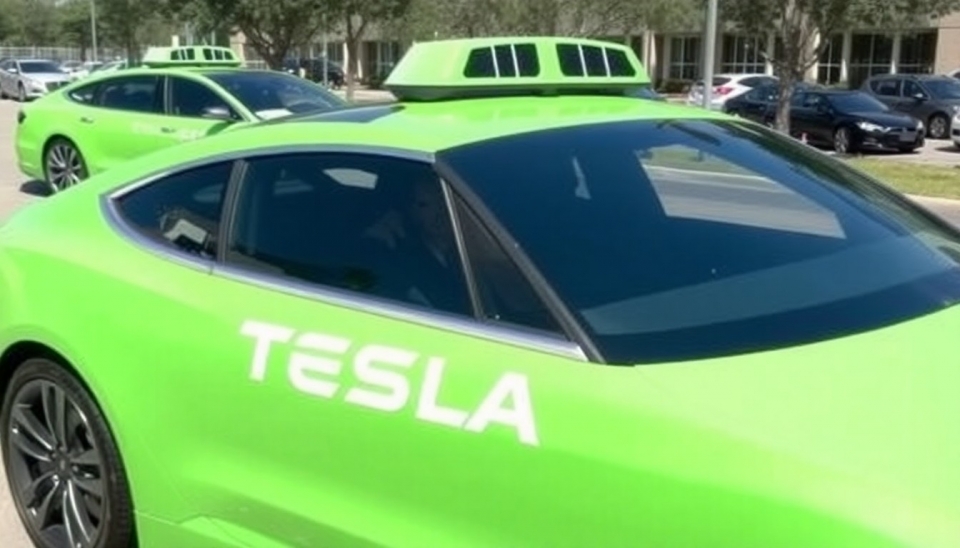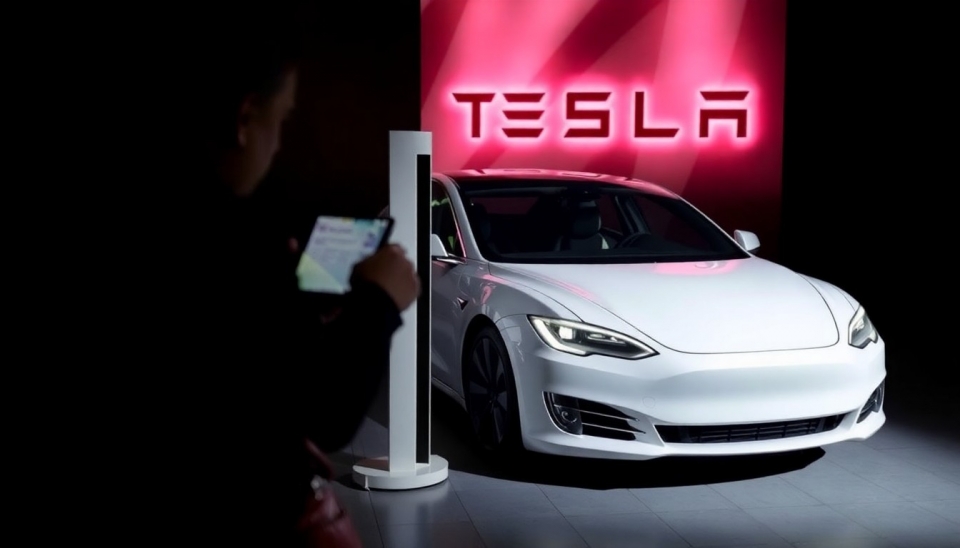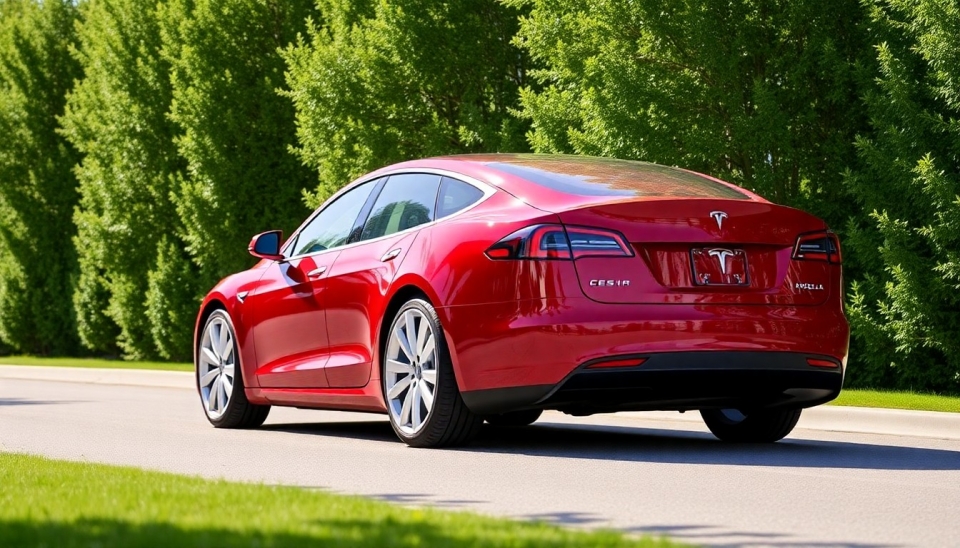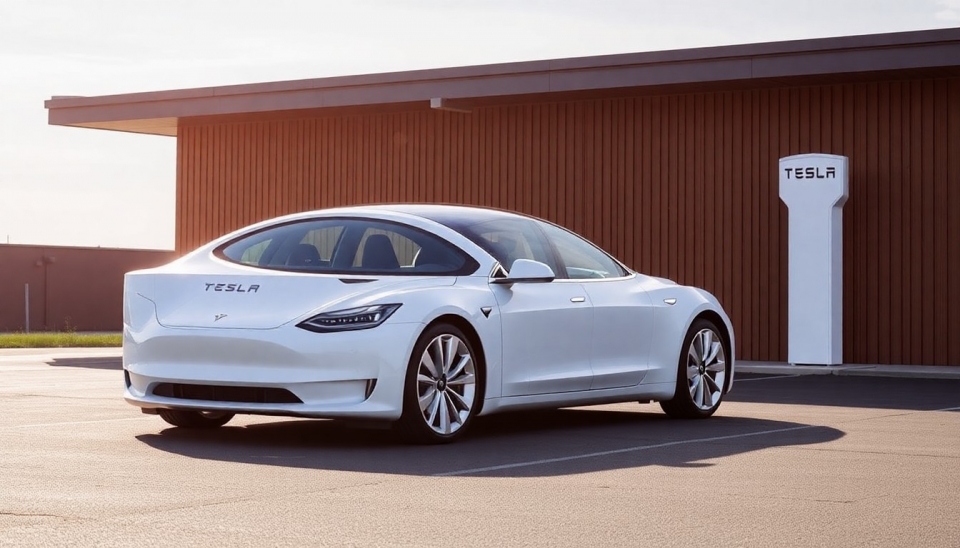
Tesla Inc. has reported a significant decline in electric vehicle deliveries in China for the month of March, as the company's growth in one of its largest markets hits a bump in the road. The automaker's sales in the country fell by 11%, a troubling sign amid a broader global decline in the electric vehicle sector. This downturn is especially impactful for Tesla, as China has been a pivotal market driving much of its rapid growth.
To put the numbers into perspective, Tesla managed to deliver only 65,000 vehicles in March, compared to 73,000 units during the same month the previous year. The figures suggest that Tesla is losing traction amidst intensifying competition from local manufacturers, as well as the overall economic climate impacting consumer spending on big-ticket items like automobiles.
Analysts have noted that several factors are contributing to this decrease in deliveries. The rising competition from homegrown Chinese electric vehicle makers like BYD and NIO has intensified, as these companies continue to innovate and release new models that appeal to local consumers. Additionally, a decrease in government subsidies for electric vehicles could be affecting buyer incentives, leading to a decline in demand for Tesla's offerings.
Furthermore, the ongoing semiconductor shortages and supply chain disruptions resulting from global economic pressures have also made it difficult for Tesla to maintain production levels that meet demand. These challenges come at a time when consumers are becoming more discerning, evaluating vehicles based on price, features, and availability.
This recent setback in China could have ripple effects on Tesla's financial performance, which many investors are closely monitoring. As one of the most valued automakers in the world, any sign of slowing growth is likely to raise concerns among shareholders and analysts alike. In fact, shares of Tesla have already experienced volatility following the announcement, reflecting the market's response to these declining delivery numbers.
Moreover, experts suggest that Tesla must strategize effectively to navigate these challenges in China. This could involve enhancing marketing efforts, adjusting pricing strategies, or even developing new models to better cater to the evolving preferences of Chinese consumers. The company has historically overcome hurdles through its innovative approach and commitment to expanding its electric vehicle lineup, underscoring its potential to rebound from this slump.
In conclusion, while the decline in deliveries is a significant concern for Tesla, it also serves as a reminder of the competitive and dynamic nature of the electric vehicle market in China. As Tesla works on regaining its foothold, the company’s future direction will be crucial in determining its sustained growth prospects in an increasingly crowded industry.
#Tesla #ElectricVehicles #ChinaMarket #EVSales #AutomotiveNews #MarketTrends #BYD #NIO
Author: Liam Carter




